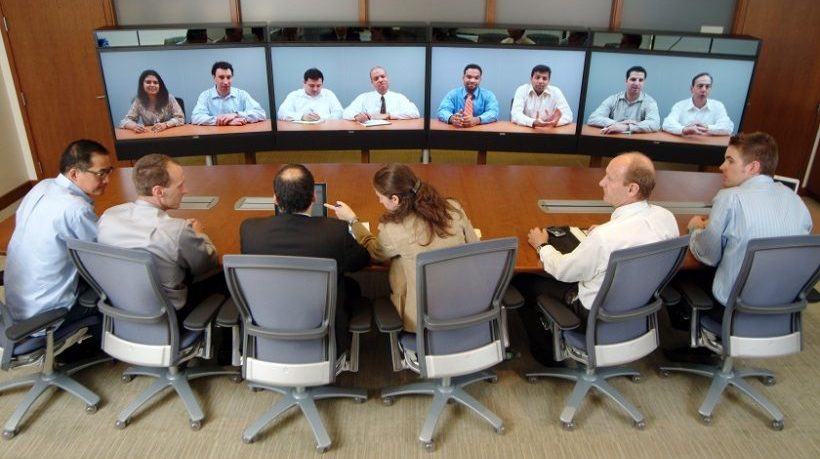Here Are Some Eye-Opening Millennial Workforce Training Statistics
- Millennials rated "professional growth and career development" as the #1 driver of engagement and retention. – Quantum Workplace
- 35% of Millennials feel that excellent training and development programs are essential when considering a potential employer. – PwC
- 72% of Millennials value the chance to learn new skills as compared to 48% of Baby Boomers and 62% of Generation X employees. – Millennial Branding
Regardless of whether you are in manufacturing, retail, finance, and insurance, hospitality or any other industry, the reality is every L&D leader is grappling with the question: "How can we transition Learning and Development strategies to build a competitive millennial workforce that supports the organization’s future?".
To answer this question, you must first recognize and appreciate who millennial learners are and how they learn.
Who Are Your Learners?
Millennials, people born in the 1980s and 1990s, are the dominant influencers in the workplaces. According to PWC study ‘Millennials at work: Reshaping the workplace’, by 2020 Millennials are expected to make up 50% of the global workforce. This generation is quite different in how they use technology to work and learn. They are a generation that has grown up in a digital world with constant access to smartphones and the internet and expect instant access to information. Millennials behave differently too, they are ambitious and have a desire to constantly learn and quickly seek opportunities outside the organization if they feel that their efforts are not being recognized. All of these factors demand that employers pay attention to the millennial worker and determine ways of keeping them continuously engaged.
How Do They Learn?
This generation learns differently from their older peers.
1. Learning=Mobile
Millennials are often labeled as 'digital natives', as they have grown up with technology by their side. Mobile, social networking, and Google search are second nature to them. They just can’t sit and read/listen to lengthy training presentations or follow rigid training schedules.
2. Short Spurts
An excessively digitized lifestyle has rewired the human brain to have much shorter attention spans. Even the most popular YouTube tutorials that cover a wide range of topics are less than 5 minutes long today. Millennials just can’t sit and read/listen to lengthy training presentations or follow rigid training schedules, they like their training in short crisp bursts.
Millennials don’t want hour long training sessions for which they have to schedule time, they want information that they can read in between work tasks on their way to work in bus or while having meals.
3. Focus On Practical Knowledge
Millennials show little to no interest in stand-alone theoretical concepts. They need to know how that piece of information connects to their real work situations. Vanilla training content will no longer work. Learners want to cut through the junk and come straight to the information that can help them develop necessary job expertise and get them to speed much more quickly.
4. Instant Feedback
Millennials have grown up in an environment of instant gratification, so they fail when it comes to patience. To them feedback is not confrontational, but an opportunity to unearth and address knowledge/skill gaps in real time to maximize learning process.
5. Social And Competitive
The millennial generation is used to having real-time visibility of how their peer group is doing whether on Facebook, Whatsapp or other social media platforms. Millennials can’t learn in silos and want to constantly know how they are learning or advancing in comparison to their peers. They derive motivation from competing with their peers for rewards and recognition.
6. Continuous
Learning is a journey, not a destination. Millennials prefer learning activities that are continuous and not one time in nature. They understand that things are constantly changing and what was relevant last year may be obsolete today.
Conclusion
In the last decade, the major shift in learning was a technology move from offline to online. Today, we are seeing a major shift in learning behavior itself. The verdict is loud and clear—only the organizations which evolve and adapt their L&D strategies to the needs of millennial workers will survive and thrive in the next decade.









